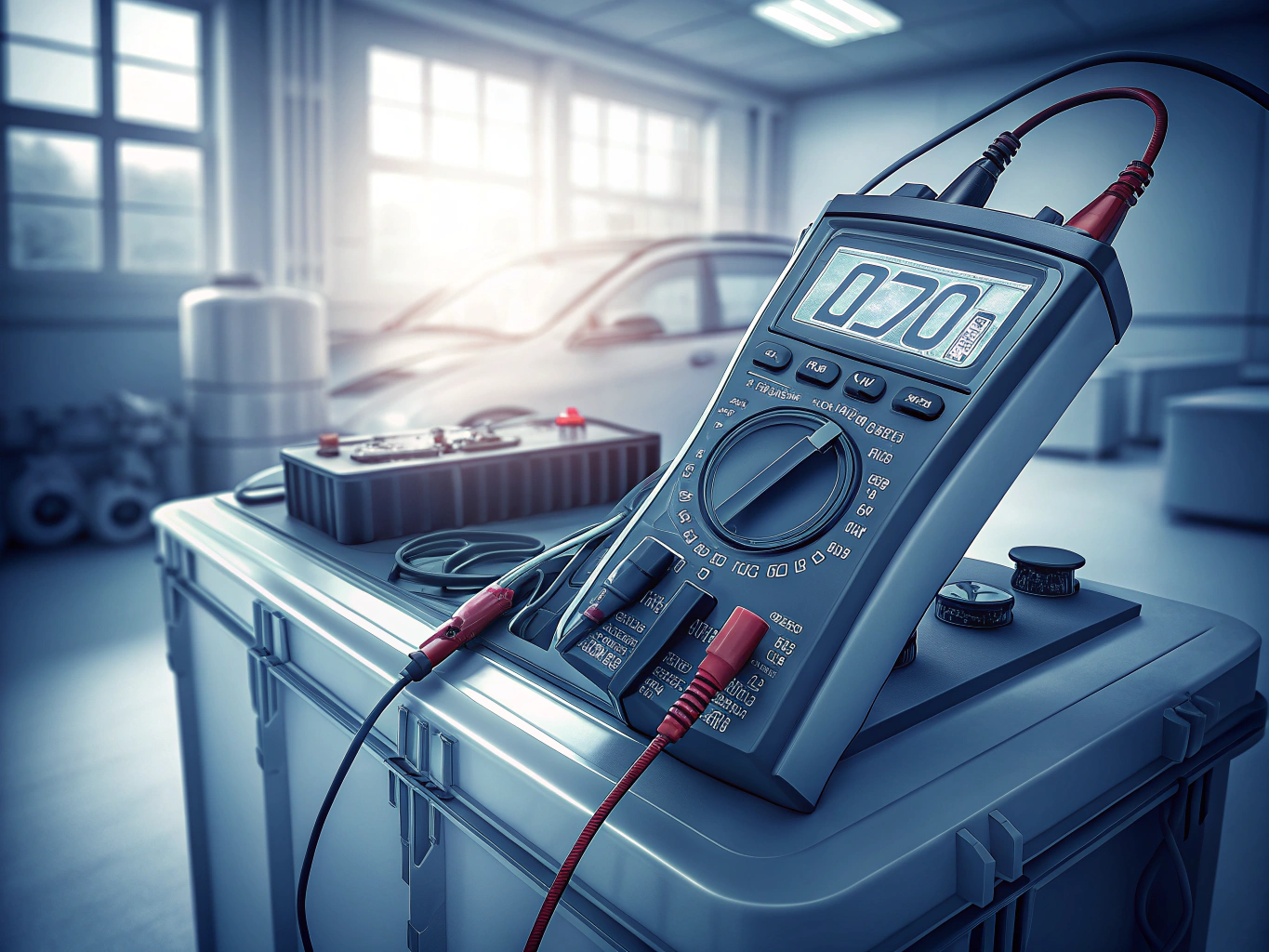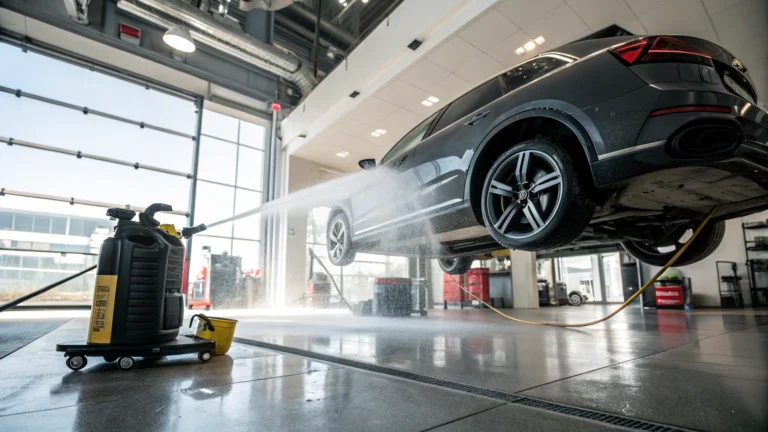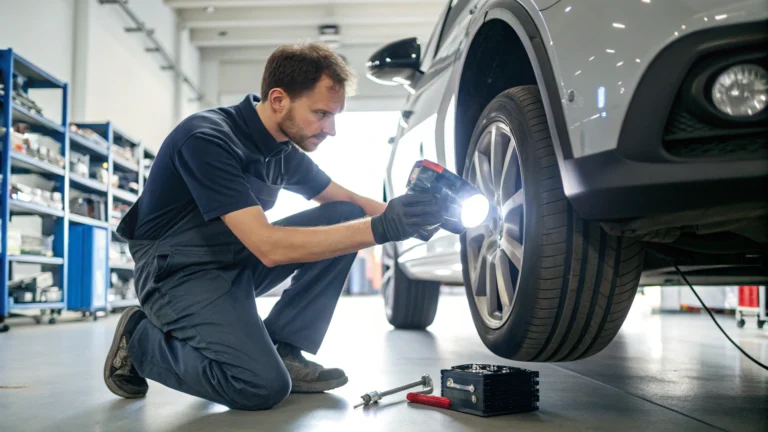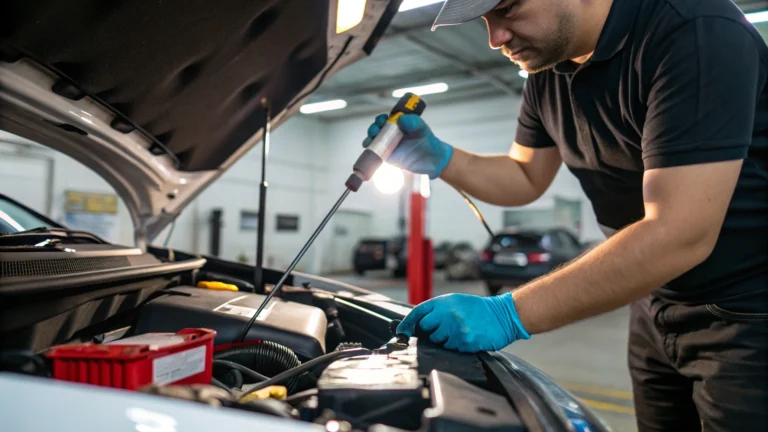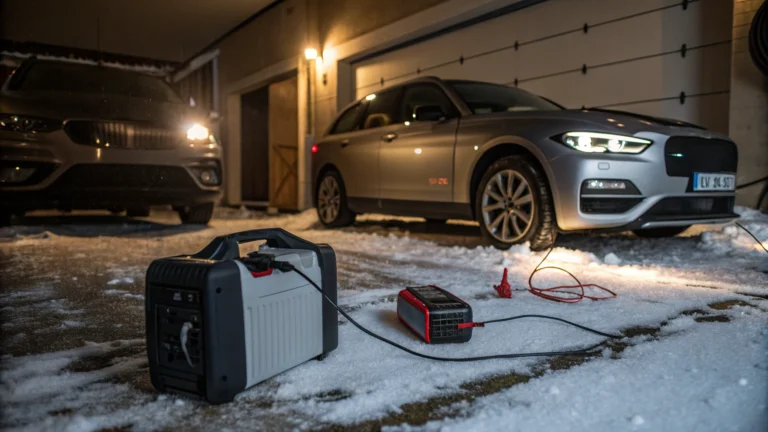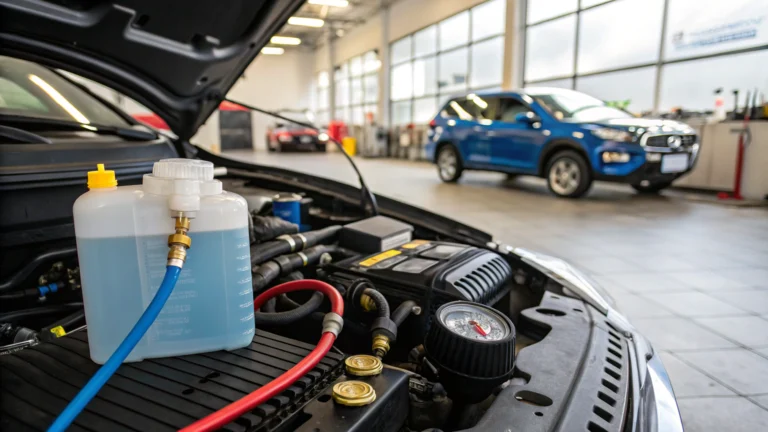How to Test a Car Battery: Essential Guide for Reliable Performance
Table of Contents
Have you ever turned your key in the ignition only to hear that dreaded slow cranking sound? Understanding how to test a car battery can save you from being stranded with a dead battery at the worst possible moment. In this guide, we’ll explore the warning signs of battery failure, demonstrate reliable testing methods you can perform at home, and answer the common question of how often should you replace a car battery to keep your vehicle running smoothly.
Warning Signs Your Car Battery Might Be Failing
Recognizing early warning signs of battery failure can prevent unexpected breakdowns and expensive towing bills. Here are the key symptoms to watch for:
The most obvious sign is slow engine cranking when you start your car. If your engine takes longer than usual to turn over or makes a sluggish “rrrr-rrrr” sound instead of its normal quick start, your battery is likely struggling to deliver sufficient power. This difficulty starting is particularly noticeable in cold weather when batteries are already under additional strain.
Dimming headlights and malfunctioning electronics provide another clear indication of battery issues. If your headlights appear dimmer than normal, especially when idling, or if interior lights flicker, your battery may be failing. Similarly, if power windows operate more slowly or your radio and dashboard displays randomly reset, these are signs your battery isn’t providing consistent electrical power.
Physical warning signs are equally important to monitor. Look for corrosion (a powdery, white or bluish-green substance) around the battery terminals, as this interferes with power transmission. A swollen or bloated battery case indicates internal damage from excessive heat or overcharging. Perhaps most distinctive is the smell of rotten eggs or sulfur near your battery, which signals dangerous acid leakage.
By recognizing these symptoms early, you can test your battery and replace it on your schedule rather than being left stranded. For comprehensive information on identifying dead or dying batteries, review the detailed guide from Tire Outlet.
Proven Methods to Test a Car Battery at Home
Learning how to test a car battery at home can save you time and money. Here are reliable methods that require minimal tools:
The headlight test is the simplest way to check your battery’s condition. Start by turning on your headlights while the engine is off. They should shine brightly. Next, try starting the engine while watching the headlights. If they dim significantly during starting and then return to full brightness after the engine catches, your battery might be weakening. If they remain extremely dim or the car won’t start at all, your battery may need immediate replacement.
For more precise results, a digital multimeter provides the most reliable home test for a car battery. Here’s how to use one:
- Make sure your car has been off for at least an hour to get an accurate resting voltage.
- Set your multimeter to DC voltage at 20V scale.
- Connect the red probe to the positive (+) terminal and the black probe to the negative (-) terminal.
- Read the voltage: 12.6V or higher indicates a fully charged battery in good condition. 12.4V suggests it’s at 75% capacity. Below 12.0V means your battery is discharged or failing.
When comparing testing methods, the headlight test offers a quick visual indication but lacks precision. The multimeter test provides specific voltage readings that more accurately reflect battery health. Battery load testers, available at auto parts stores, offer the most accurate assessment by testing the battery under strain, similar to actual starting conditions.
DIY testing is usually sufficient for routine maintenance and initial diagnosis. However, professional testing is recommended when you consistently get borderline readings, when your battery is more than three years old, or when you experience intermittent starting problems that DIY tests can’t explain. Most auto parts stores offer free professional battery testing with specialized equipment that can detect issues DIY methods might miss.
How Often Should You Replace a Car Battery?
One of the most common questions car owners ask is how often should you replace a car battery. While there’s no one-size-fits-all answer, manufacturers typically recommend replacement every 4-5 years under normal conditions. This timeline serves as a general guideline, but several factors affect your specific replacement schedule.
Your driving habits significantly impact battery lifespan. Frequent short trips prevent your battery from fully charging, while long periods of inactivity can lead to natural discharge. Climate conditions are equally important – extreme heat accelerates internal corrosion and water evaporation from the electrolyte solution, while severe cold reduces a battery’s capacity to provide sufficient starting power.
For the most accurate guidance on how to test a car battery and determine replacement timing, always consult your vehicle’s owner manual. Manufacturers provide specific recommendations based on your car’s electrical system demands and battery type. These guidelines are particularly important for vehicles with start-stop technology or advanced electrical systems that place additional demands on the battery.
Cost expectations vary by battery type and quality. Standard lead-acid batteries typically range from $50-100, while premium absorbed glass mat (AGM) batteries designed for vehicles with higher electrical demands can cost $150-300. Although premium batteries cost more initially, their longer lifespan and improved performance often provide better value over time.
For deeper technical data on battery replacement intervals, consult the guide from Shea Chevrolet.
Extending Your Battery Life: Preventative Maintenance Tips
Knowing how to test a car battery is important, but preventing problems through regular maintenance is even better. Follow these tips to maximize your battery’s lifespan:
Establish a bi-annual testing schedule, ideally before summer and winter when temperature extremes put additional stress on your battery. Mark these dates on your calendar and stick to them even if your car seems to be running fine. Early detection of declining performance allows you to replace your battery before you’re left stranded.
Proper terminal cleaning prevents corrosion that can restrict power flow. To clean terminals:
- Disconnect the negative cable first, then the positive.
- Create a paste with baking soda and water, apply it to the terminals with an old toothbrush.
- Rinse with clean water, dry thoroughly, and apply a thin layer of petroleum jelly before reconnecting.
Your driving habits directly affect battery health. Try to drive your vehicle regularly for at least 20 minutes to ensure proper charging. If your car sits unused for extended periods, consider using a battery maintainer or trickle charger to prevent discharge. Avoid frequent short trips that don’t allow the alternator sufficient time to recharge the battery after starting.
Managing electrical loads significantly impacts longevity. Turn off headlights, interior lights, and accessories before shutting down the engine. Be mindful of aftermarket accessories that draw power even when the vehicle is off, such as dash cams or upgraded audio systems. These parasitic drains can deplete your battery over time, especially during periods of inactivity.
By implementing these preventative measures, you can often extend your battery’s life beyond the typical 4-5 year replacement interval and avoid unexpected failures.
Understanding how to test a car battery and recognizing when it’s time for replacement ensures you’re never caught off guard by battery failure. By monitoring warning signs, performing regular tests, and following the maintenance tips we’ve outlined, you can maximize your battery’s lifespan and avoid the inconvenience of unexpected breakdowns. Take a few minutes this week to check your battery’s condition and establish a regular testing schedule – your future self will thank you for the peace of mind!
Frequently Asked Questions
How often should you replace a car battery?
Most car batteries should be replaced every 4-5 years, though this varies based on climate conditions and driving habits. In extreme heat or cold regions, batteries may need replacement every 3 years. Regular testing of your car battery can help determine when replacement is necessary before experiencing unexpected failure.
What are the signs that your car battery is failing?
Key signs of a failing car battery include slow engine cranking, difficulty starting the vehicle, dimming headlights, malfunctioning electronics, visible corrosion on terminals, battery case swelling, and sulfur-like odors. When you notice these symptoms, it’s important to test your car battery promptly to avoid being stranded.
Can I test my car battery without special equipment?
Yes, you can perform a basic car battery test at home using the headlight method. Turn on your headlights with the engine off and observe their brightness. Then start the engine and watch if they significantly brighten. If they do, your battery may be weak. For more accurate results, using a digital multimeter to test your car battery’s voltage is recommended.
What maintenance steps extend car battery life?
To extend your car battery’s life, implement a bi-annual testing schedule (especially before extreme weather seasons), regularly clean terminals to prevent corrosion, avoid short trips that don’t fully charge the battery, limit electrical usage when the engine is off, and ensure connections are tight. Proper maintenance can significantly delay when you’ll need to test your car battery for replacement.
Shop Recommended Products
- Find Car Batteries on Amazon
- Find Car Battery Testers on Amazon
- Find Battery Terminal Cleaners on Amazon
- Find Car Battery Chargers on Amazon
- Find Jumper Cables on Amazon
As an Amazon Associate we earn from qualifying purchases.
